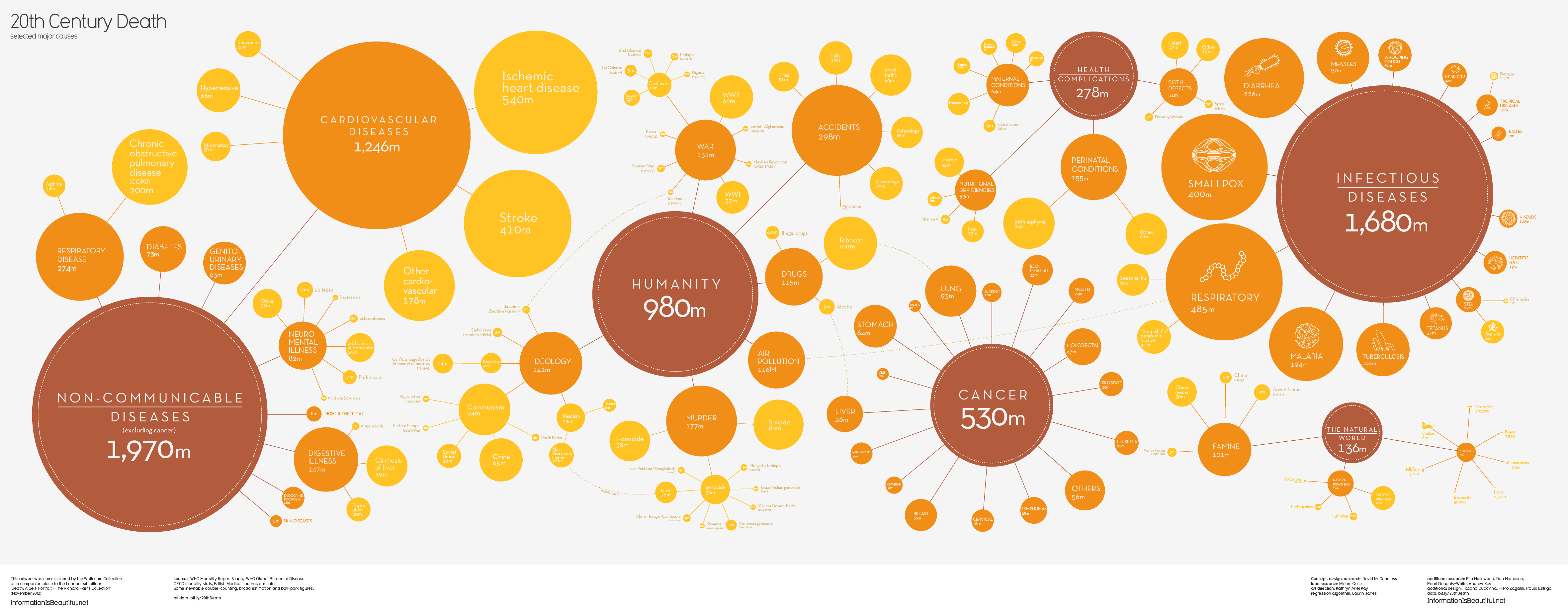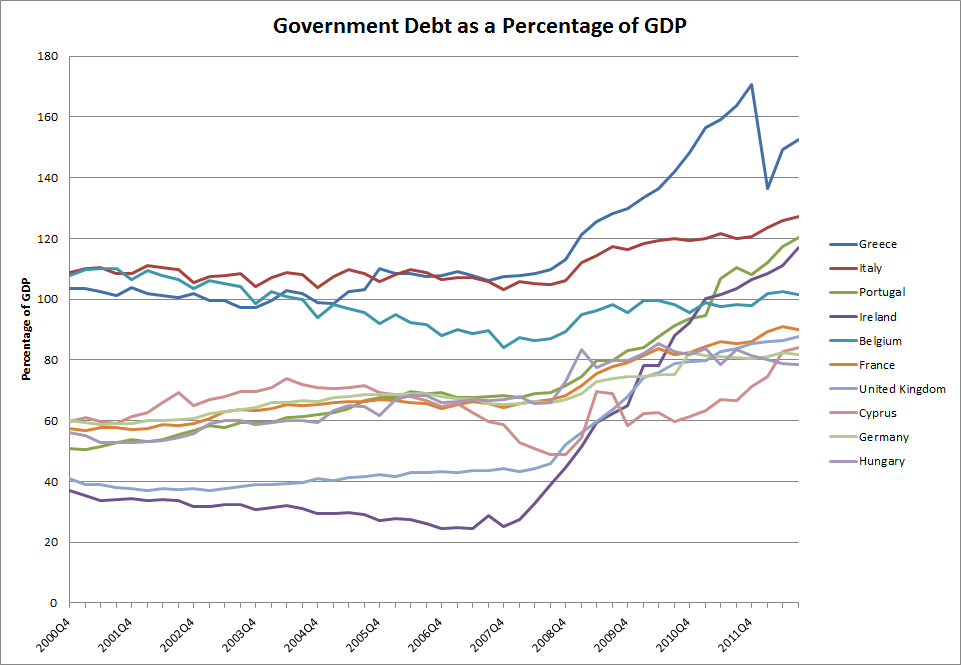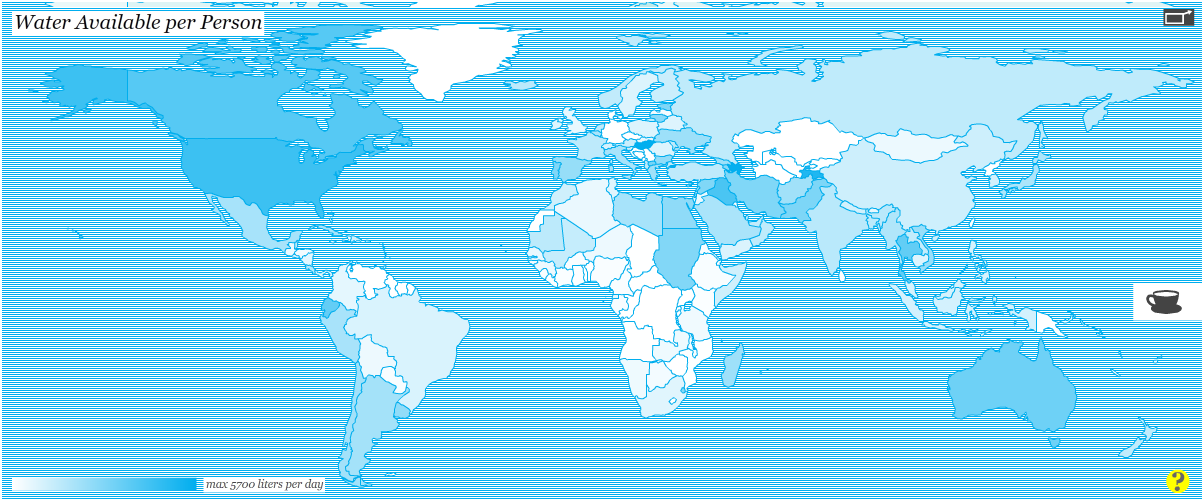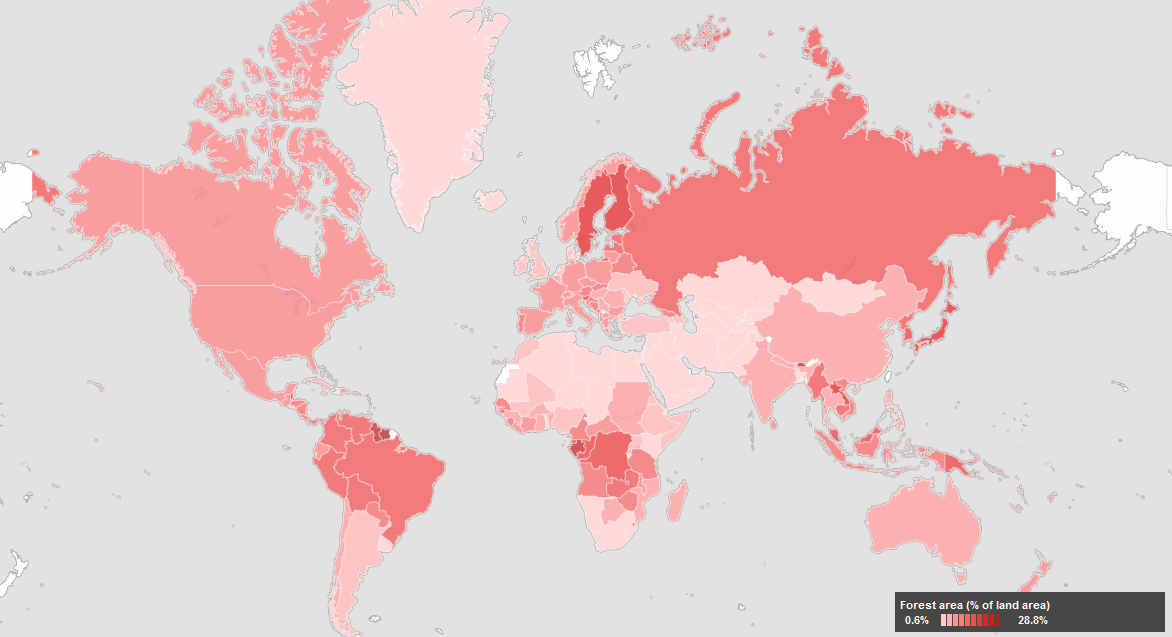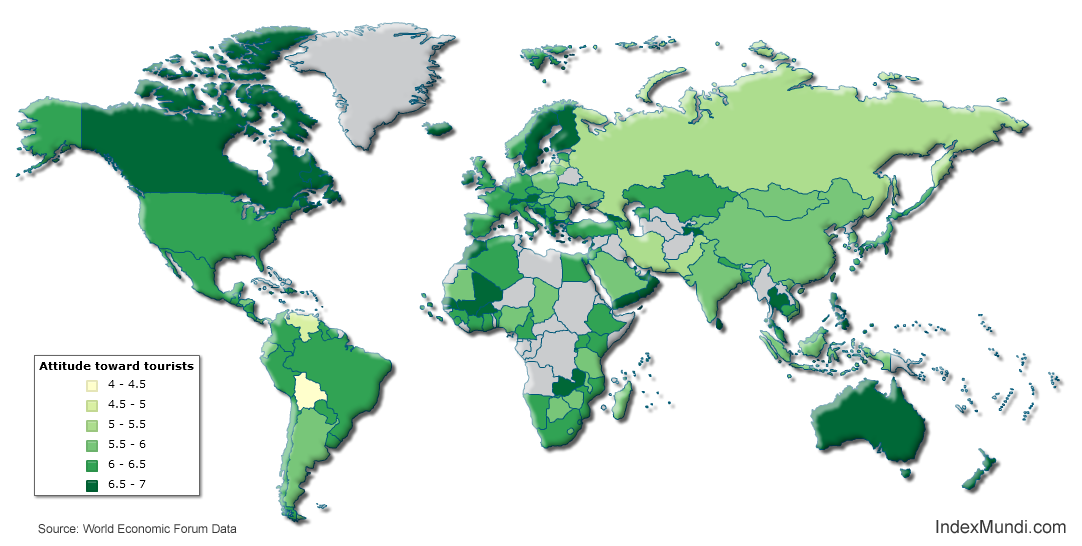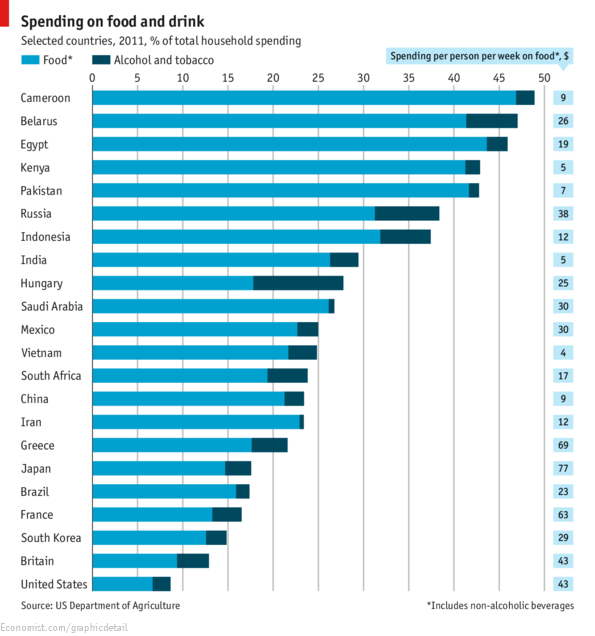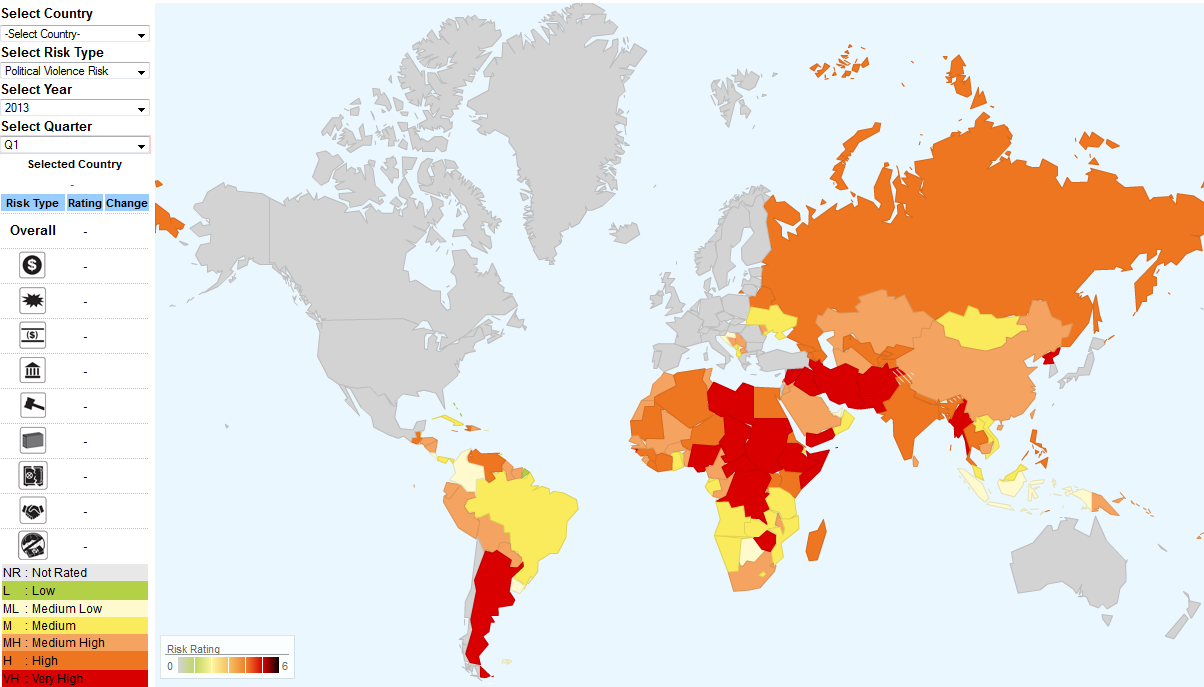 This map created by Aon Risk Solutions, as part of its Crisis Management Web Analytics tool, shows which countries are at risk of facing political violence.
This map created by Aon Risk Solutions, as part of its Crisis Management Web Analytics tool, shows which countries are at risk of facing political violence.
Political violence risks include terrorism, strikes, riots, civil upheaval, sabotage, war, civil war, rebellion, revolution, insurrection, a hostile act by a belligerent power, mutiny or a coup d’etat.
Based on a rating from 0 to 6, 0 being low risk (green), and 6 being very high risk (red), we can see that the countries that carry the highest risk of political violence include Argentina in the Americas; Chad, Nigeria, Sudan, Ethiopia, Somalia, Central African Republic, Democratic Republic of Congo, and Zimbabwe in Africa; Yemen, Iran, Iraq, Afghanistan, Pakistan, Syria, Myanmar, and North Korea in Asia. OECD countries are not rated in this map.
For more detailed information visit:
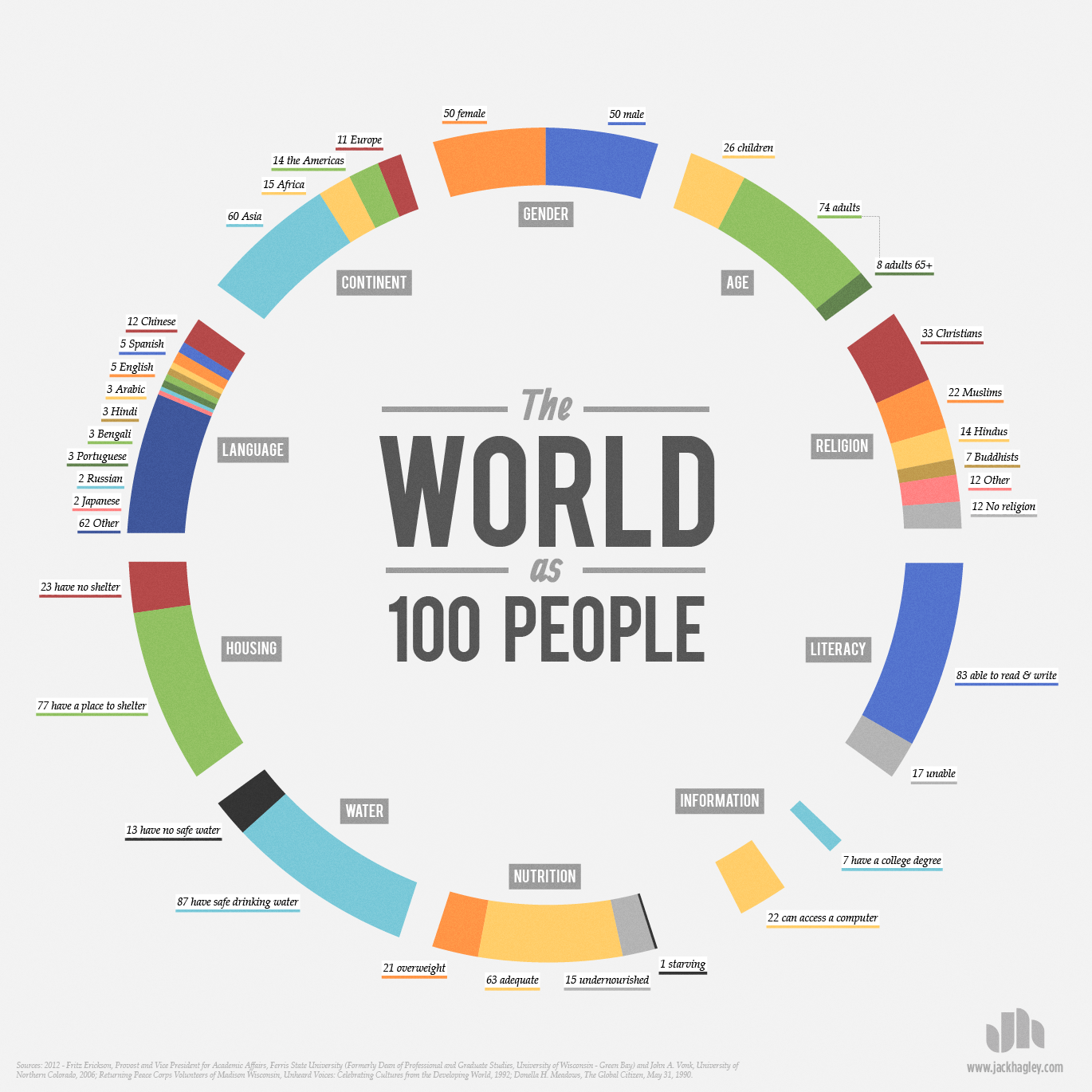 In this interesting infographic, created by Jack Hagley, we take a look at the world as if the total population of the world was 100 people. The information presented covers topics such as the distribution of gender, information, spoken languages, literacy, religion, age, housing, water, nutrition, and population inhabiting each continent.
In this interesting infographic, created by Jack Hagley, we take a look at the world as if the total population of the world was 100 people. The information presented covers topics such as the distribution of gender, information, spoken languages, literacy, religion, age, housing, water, nutrition, and population inhabiting each continent.